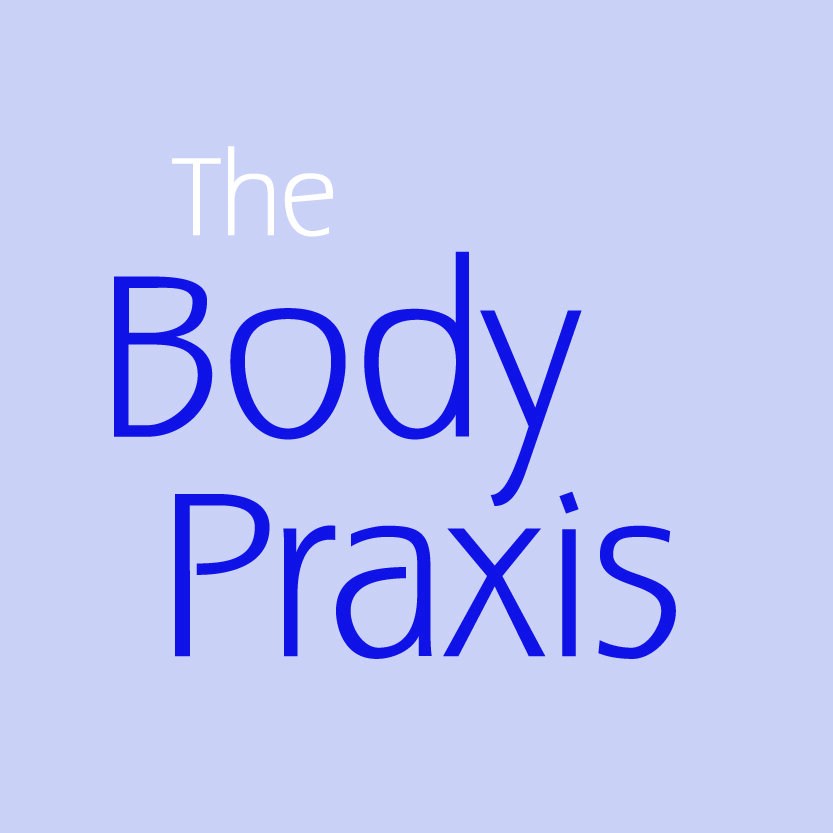Why you need to mobilize your thoracic spine
The mobility - or rather - the lack of mobility in your thoracic spine impacts (listed here in no particular order):
your shoulder range of motion, especially how high you can bring your arms overhead
your lumbar stability and lumbar mobility, i.e. how well you can stabilize or move your lower back
your cervical stability and cervical mobility, i.e. how much you can stabilize or move your neck
your ability to breathe effectively
The thoracic spine is in your mid-back, between the cervical spine and the lumbar spine.
It consists of 12 vertebrae which articulate with the ribs and form your ribcage. Each vertebrae has transverse and spinal processes, i.e. bony protrusions, which impact the extent of movement of each vertebrae.
How much should and can it even move?
The thoracic spine allows for flexion (i.e. rounding forward), extension (i.e. arching back), side flexion (i.e. side bending) and rotation.
In a healthy person the biggest range of motion in the thoracic spine is in flexion (full flexion is up to 75 degrees), the smallest is extension (approx. 20 degrees). Rotation in the thoracic spine is 35 degrees on average in each direction.
A note about extension in the thoracic spine:
Think of extension in this area of your spine along the lines of being a reduction of flexion rather than an actual reversal of that kyphotic (i.e. rounded forward) curve. Based on the shape of the bones in that area of the spine, real extension, i.e. an actual reversal of that rounded curve is not possible. This reduction of the degree of flexion - i.e. extension in the thoracic spine - is achieved by activating the appropriate muscles in your back and between your shoulder blades.
Thoracic spine mobility is an important part of human movement.
Lack of thoracic mobility can lead to issues in the shoulders, the neck and the lower back:
If the thoracic spine doesn’t rotate well, then the lumbar spine below and/or the cervical spine above will have to make up for that lack of rotation. A common reason for low back pain as well as neck pain.
If the thoracic spine cannot move into extension (i.e. reduce its flexion), it impacts how high you can lift your arms overhead as the shoulder blades cannot get into the position they need to be in order to allow for you to lift your arms overhead.
If the thoracic spine is hyperkyphotic, the cervical spine needs to compensate for that by bringing you into a forward head position which puts extra strain on muscles in the back of your neck and your shoulders. Take a look:
And - last but not least and often not considered - a lack of mobility in your thoracic spine impacts how well you can breathe as it affects how much you can expand your rib cage to fill your lungs with air.
How I can help you
With specific assessments the location and extent of any limitations in the mobility of the thoracic spine can be established and be a good starting point for the most effective corrective movements I will teach you to help you safely and appropriately mobilize your thoracic spine.


